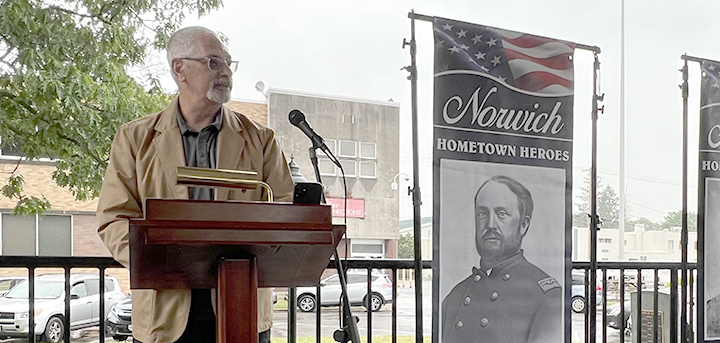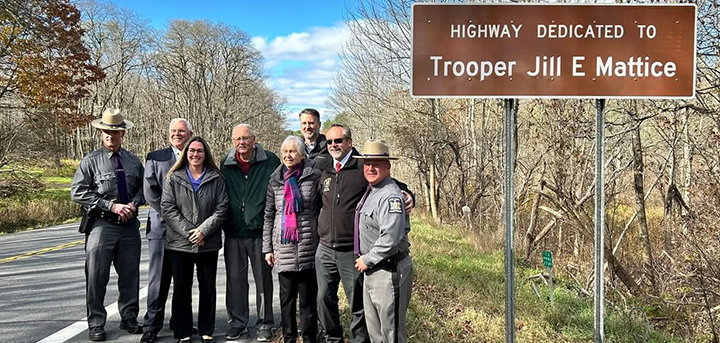NY regulators: Marcellus could generate 55K jobs
ALBANY – The New York State Department of Environmental Conservation opened a more than 90-day public comment period on its revised draft Supplemental Generic Environmental Impact Statement, DEC Commissioner Joe Martens said yesterday. In addition, the agency will issue its proposed regulations governing high-volume hydraulic fracturing in early October.
“Throughout this process, DEC’s number one priority is to protect the state’s drinking water and environment in concert with exploring options to safely and efficiently extract the state’s natural gas. This will enable New York’s economy to benefit from this resource and the job opportunities that development is expected to bring,” Martens said. “We look forward to receiving comments from the public that will help inform the final conditions for high-volume hydraulic fracturing in New York state. The proposed environmental mitigation measures and the regulations that codify those measures go hand in hand. It makes sense to move forward with them together and hold simultaneous public comment periods and hearings.”
The department had originally set the comment period at 60 days, but said a final decision on the length as well as where to host public hearings would be announced when the document was released. The public comment period for the revised draft SGEIS began yesterday and concludes Dec. 12. The public comment period for the regulations will begin in early October and will run concurrently with the SGEIS public comment period.










Comments